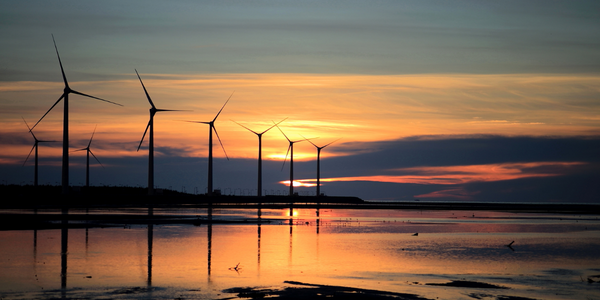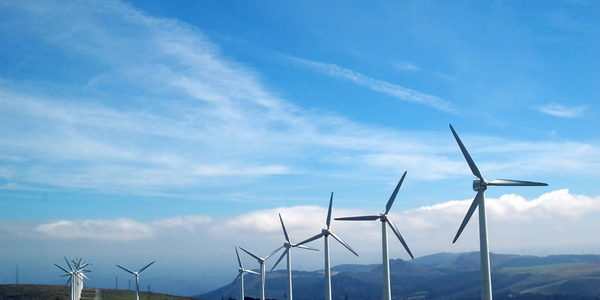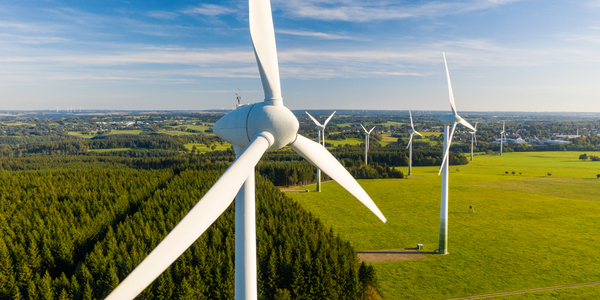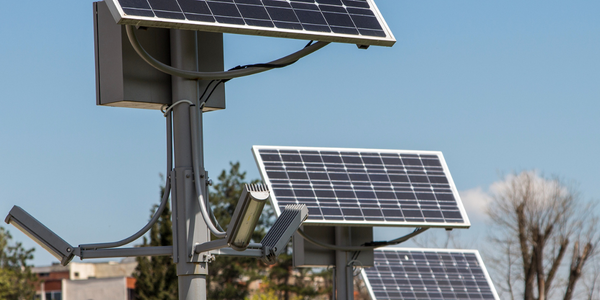Crimson Renewable Energy establishes a single comprehensive data source with WinMan’s enterprise resource planning software.
公司规模
Mid-size Company
地区
- America
国家
- United States
产品
- WinMan ERP
- QuickBooks
技术栈
- ERP Software
- Data Management
实施规模
- Enterprise-wide Deployment
影响指标
- Productivity Improvements
- Cost Savings
- Customer Satisfaction
技术
- 功能应用 - 企业资源规划系统 (ERP)
- 应用基础设施与中间件 - 数据交换与集成
适用行业
- 可再生能源
适用功能
- 商业运营
- 质量保证
用例
- 库存管理
- 预测性维护
- 过程控制与优化
服务
- 系统集成
- 软件设计与工程服务
关于客户
Crimson Renewable Energy (CRE) is a leading producer of biodiesel on the West Coast of the United States. Established in 2006, the company specializes in converting used cooking oil and other feedstocks into cellulosic biodiesel, which is then supplied to retail gas stations. Over the years, CRE has experienced rapid growth, expanding its operations and increasing its production capacity. Despite its growth, the company faced challenges with its existing accounting software, QuickBooks, which was no longer sufficient to meet its needs. CRE required a more robust and comprehensive solution to manage its financial data, streamline production processes, and support its continued growth. The company operates across five legal entities, further complicating its financial management and reporting requirements.
挑战
Crimson Renewable Energy (CRE) is the largest producer of biodiesel on the West Coast of the United States. The company takes used cooking oil and other feedstocks and processes it into cellulosic biodiesel for retail gas stations. CRE grew quickly since it was founded in 2006. However, by 2016, the company was still using QuickBooks for its accounting software, despite having “outgrown [its] capabilities,” according to James Cowan, Controller at CRE. The unreliable data led to challenges when it came to making accurate projections and continuing to grow the company. There was also not a way to view consolidated financial information across its five legal entities; the CRE team had to manually search for and balance intercompany transactions in different locations. CRE needed an enterprise resource planning (ERP) system that could replace QuickBooks, offer a more robust accounting and data management solution, streamline production, manage orders, and track inventory.
解决方案
In June 2020, CRE chose WinMan as its ERP software provider. The software eliminates the multiple redundant spreadsheets existing in parallel and serves as the single source of data that CRE needed. In addition to decreasing manual data entry efforts, the software also reduces reporting lag time. According to James, WinMan’s ERP software “will allow our senior leadership group better insight into how we are performing,” thanks to improved data capture on profit margins and pricing components. CRE also now relies on the functionality of WinMan’s software to automate transactions between companies. WinMan software also allows CRE to review consolidated financial information for its five legal entities. Furthermore, thanks to WinMan, CRE’s sales teams will have real-time access to their production numbers. The sales team will be able to sell based on the company’s actual production, so they are fully in sync.
运营影响

Case Study missing?
Start adding your own!
Register with your work email and create a new case study profile for your business.
相关案例.

Case Study
Remote Monitoring & Predictive Maintenance App for a Solar Energy System
The maintenance & tracking of various modules was an overhead for the customer due to the huge labor costs involved. Being an advanced solar solutions provider, they wanted to ensure early detection of issues and provide the best-in-class customer experience. Hence they wanted to automate the whole process.

Case Study
Vestas: Turning Climate into Capital with Big Data
Making wind a reliable source of energy depends greatly on the placement of the wind turbines used to produce electricity. Turbulence is a significant factor as it strains turbine components, making them more likely to fail. Vestas wanted to pinpoint the optimal location for wind turbines to maximize power generation and reduce energy costs.

Case Study
Siemens Wind Power
Wind provides clean, renewable energy. The core concept is simple: wind turbines spin blades to generate power. However, today's systems are anything but simple. Modern wind turbines have blades that sweep a 120 meter circle, cost more than 1 million dollars and generate multiple megawatts of power. Each turbine may include up to 1,000 sensors and actuators – integrating strain gages, bearing monitors and power conditioning technology. The turbine can control blade speed and power generation by altering the blade pitch and power extraction. Controlling the turbine is a sophisticated job requiring many cooperating processors closing high-speed loops and implementing intelligent monitoring and optimization algorithms. But the real challenge is integrating these turbines so that they work together. A wind farm may include hundreds of turbines. They are often installed in difficult-to-access locations at sea. The farm must implement a fundamentally and truly distributed control system. Like all power systems, the goal of the farm is to match generation to load. A farm with hundreds of turbines must optimize that load by balancing the loading and generation across a wide geography. Wind, of course, is dynamic. Almost every picture of a wind farm shows a calm sea and a setting sun. But things get challenging when a storm goes through the wind farm. In a storm, the control system must decide how to take energy out of gusts to generate constant power. It must intelligently balance load across many turbines. And a critical consideration is the loading and potential damage to a half-billion-dollar installed asset. This is no environment for a slow or undependable control system. Reliability and performance are crucial.

Case Study
Remote Monitoring and Control for a Windmill Generator
As concerns over global warming continue to grow, green technologies are becoming increasingly popular. Wind turbine companies provide an excellent alternative to burning fossil fuels by harnessing kinetic energy from the wind and converting it into electricity. A typical wind farm may include over 80 wind turbines so efficient and reliable networks to manage and control these installations are imperative. Each wind turbine includes a generator and a variety of serial components such as a water cooler, high voltage transformer, ultrasonic wind sensors, yaw gear, blade bearing, pitch cylinder, and hub controller. All of these components are controlled by a PLC and communicate with the ground host. Due to the total integration of these devices into an Ethernet network, one of our customers in the wind turbine industry needed a serial-to-Ethernet solution that can operate reliably for years without interruption.

Case Study
Temperature monitoring for vaccine fridges
Dulas wanted a way to improve the reliability of the cold chain, facilitating maintenance and ensuring fewer vaccines are spoiled. Dulas wanted an M2M solution which would enable them to record and report the temperature inside vaccine refrigerators.

Case Study
IoT Powering A New Way to Light Streets with Bifacial Solar Panels
When James Meringer’s commercial contracting business experienced a rapid increase in solar projects, he also saw an opportunity to extend the benefits of solar by using the bifacial solar panels he’d become familiar with in new ways. Bifacial solar panels enable sunlight from both sides of the panel, making it a more efficient harvest of solar power. Seeing the panel’s power, James and his team set out to use the same technology for street lighting. Until now, solar street lights have served as utilitarian solutions that force designers to choose between form and function. The Mira Bella Energy team has changed that.






